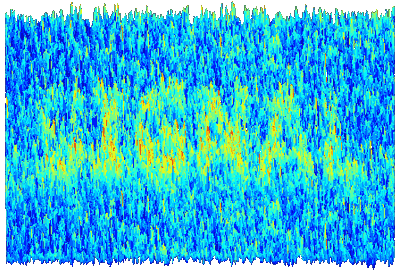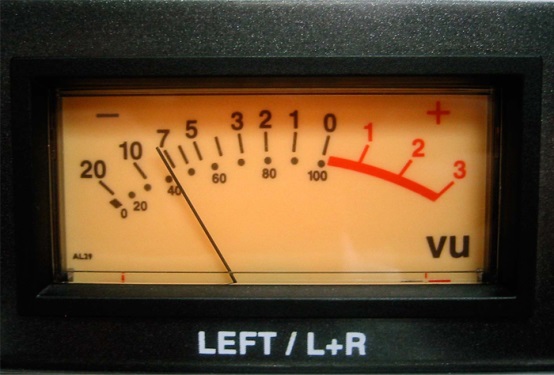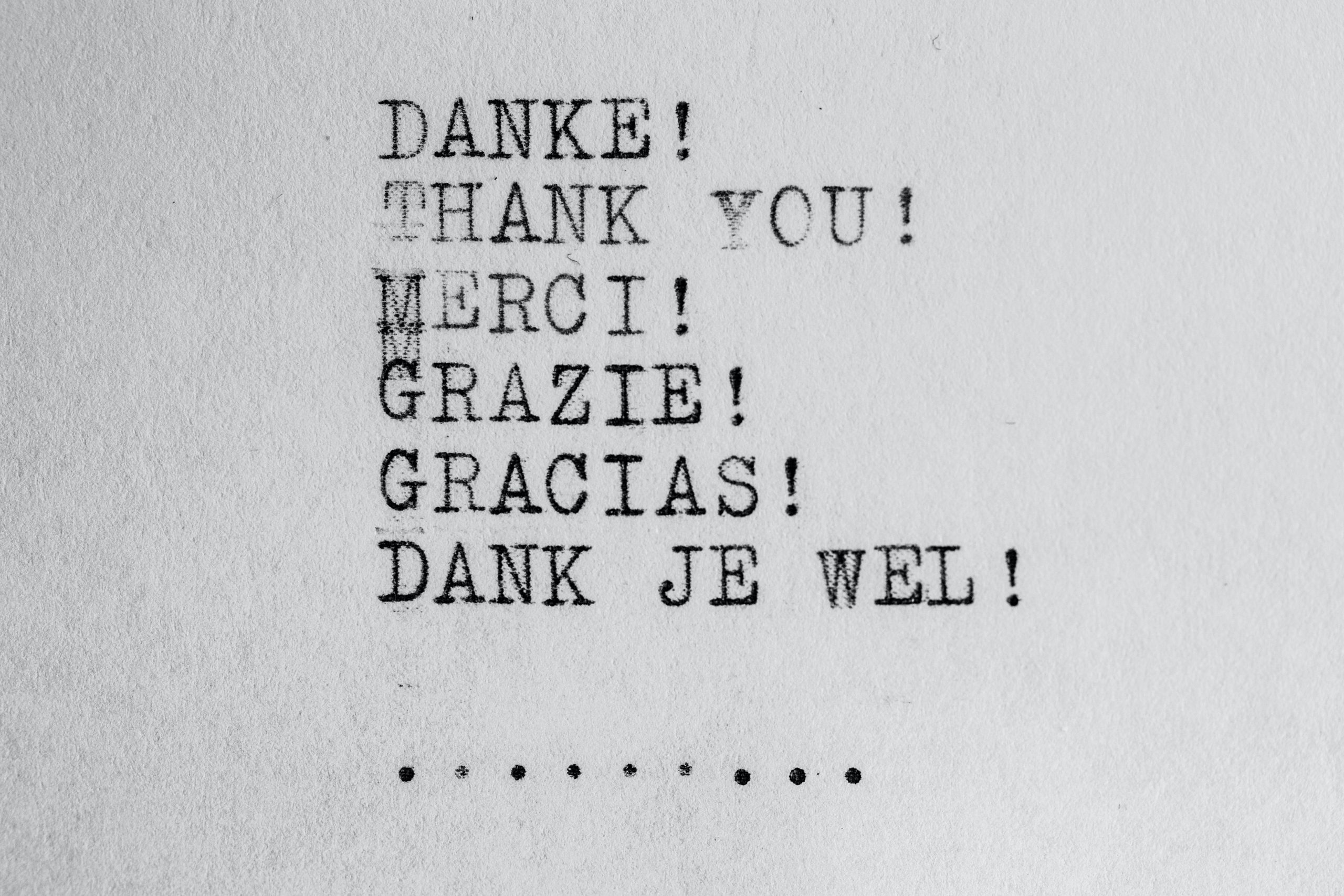In science and engineering, the signal-to-noise ratio is a measure used to quantify how much a signal has been corrupted by noise.
Informally, the ratio can be applied to discussions. “Signal” in this context is the delivery and exchange of content germane to the topic at hand, while “noise” is content that is off-topic.
For over 30 years I have been recording meetings. Always audio. Sometimes video. Over that period of time, no client in any context has requested the meeting not be recorded.
And also in all this time, not once has the option of recording been explicitly offered or mandated. My supposition (albeit from a small sample) is that recording of face-to-face meetings is still rare in the business setting, despite the ease with which it can be done. This is a missed opportunity.
Having an audio recording at a minimum provides a number of obvious benefits:
- An index-capable reference for the creation of minutes, summaries or transcripts.
- A shared experience available for a wider audience.
- A tool for lessons learned.
- Frees up the necessity and vagaries of taking notes allowing potentially greater attentiveness.
But I have witnessed an even bigger benefit.
The level of veracity and quality of discourse increases dramatically when people know that what they say will be recorded verbatim.
In other words, the signal-to-noise ratio is very high. I’ve seen this happen time and time again. Like during internal client or client/supplier sessions.
While most people seem more circumspect, especially about making commitments, they also appear more open to discuss potential issues and opportunities – adding more signal than noise. That has been my experience.
Are all meetings worth recording? Probably not. However, the longer the meeting and the more active participants there are, the greater the need.



